In the thick tropical and humid forests of Panama, Colombia, Ecuador, Peru and Brazil, grows a very special plant called tagua or tawa (Phytelephas seemannii, Phytelephas macrocarpa, Phytelephas aequatorialis). Its content provides embera vegetable ivory.
Contenus
ToggleVegetable ivory embera
Slow in growth, it can reach 8 meters in height. It takes 15 years to produce the first fruits. Then he will give three harvests a year.
Its leaves are used to cover the roofs of houses.
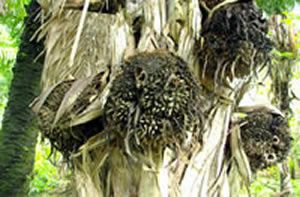
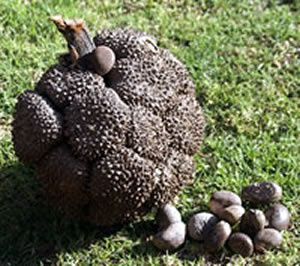
The large fruit -infructescence- is known as mococha. It groups together several fruits with each between four and nine seeds the size and shape of a hen's egg, which are used for crafts.
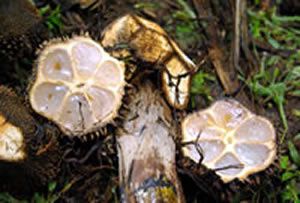

When freshly harvested, the seeds contain a coconut water-like liquid that can be ingested; in a second step, they thicken to form an edible paste with a sweet taste.
Left in the sun, in a few months, its contents take on a light ocher color and harden, taking on a striking resemblance to animal ivory. Internationally, this material is very popular for making buttons.
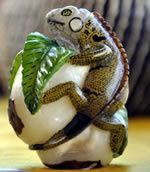
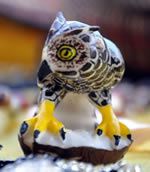
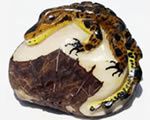

In 1750, the Franciscan friar Juan de Santa Gertrudis, a missionary in Nueva Granada, in his chronicles compared in his chronicles the seeds of tagua with those that were carved with the " marble balls ».
Like animal ivory, tagua is very hard, easy to polish and absorbs dyes well. With the manual techniques that the Emberá and the Wounaan received from their ancestors, today's craftsmen produce veritable works of art, with representations of cultural symbolism or objects for sale (ornaments, earrings, necklaces, bracelets, etc.).